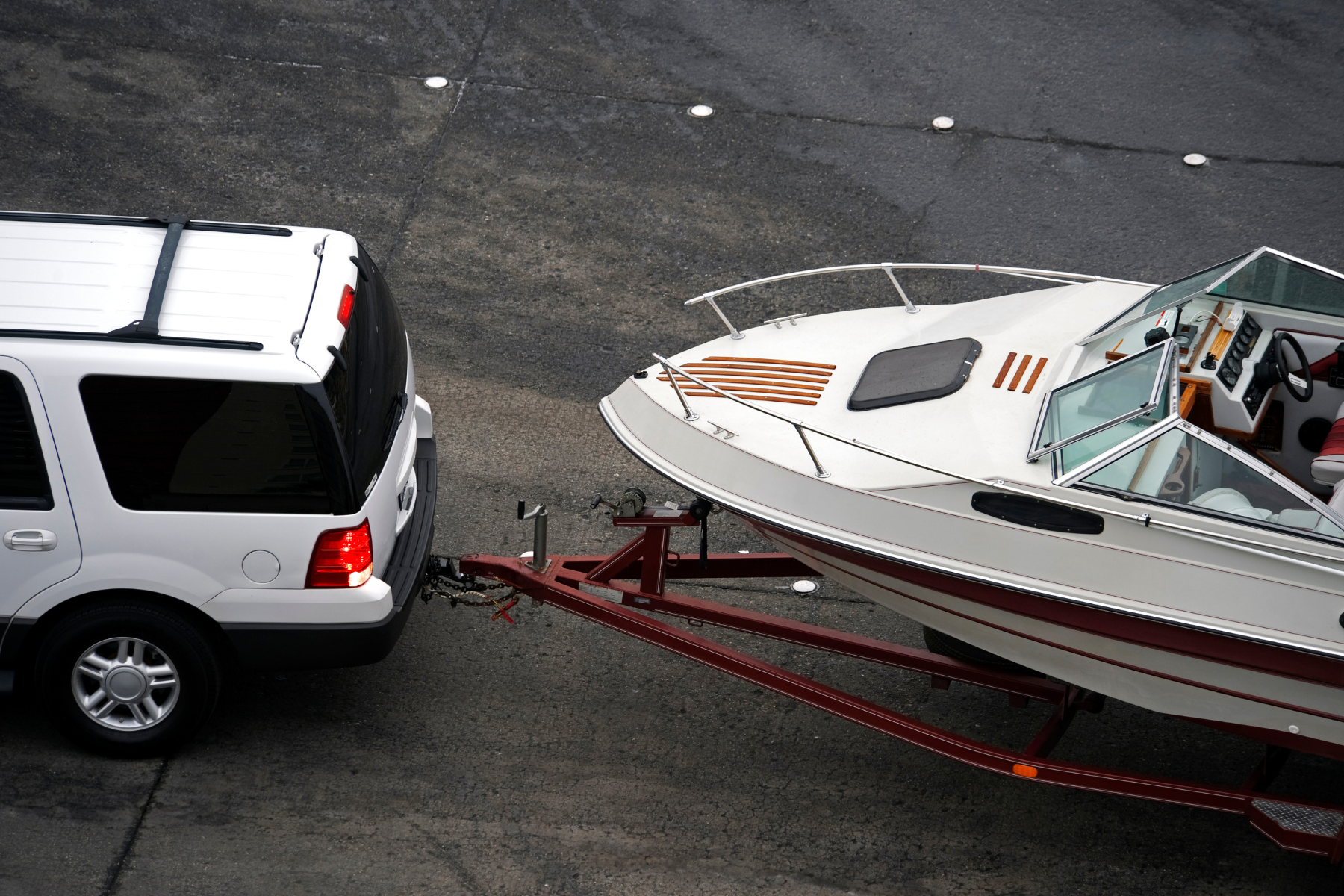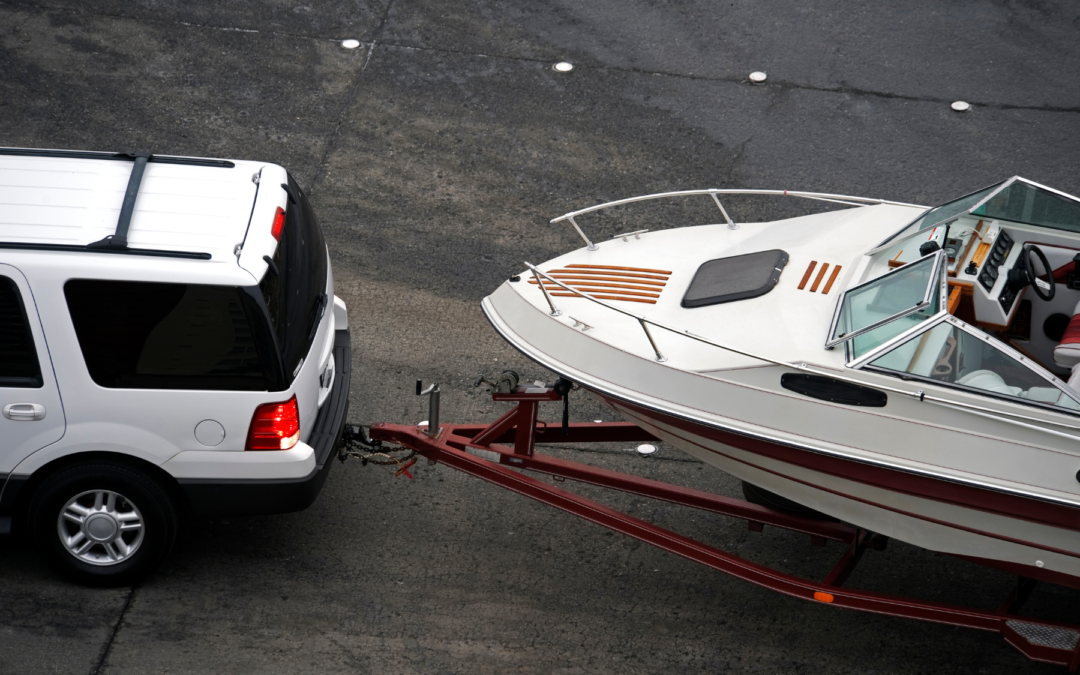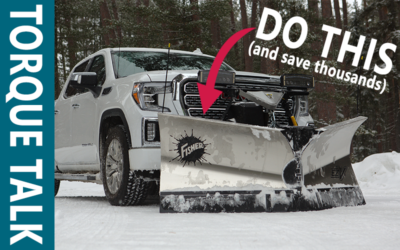How to Burnish Your Trailer Brakes
By: Megan B

Whether you’re looking to use a flatbed to transport a vehicle or looking ahead to summer, you need to start thinking about your trailer brakes and consider whether or not they’re up to snuff. If you decide that it is time to replace your trailer brakes, then a key component in making sure they’re ready for the road is burnishing them, which we’ll walk you through the process of.
Brake burnishing, also known as bedding in or conditioning, is a procedure performed on new brake pads and rotors to ensure proper mating between the two components. This process involves gradually heating and cooling the brakes to transfer a thin, even layer of brake pad material onto the rotor surface. The goal is to optimize the contact between the brake pads and rotors, enhancing braking efficiency and reducing the likelihood of issues like uneven wear and noise.
The specific steps for burnishing brakes can vary based on the type of brakes (disc or drum) and the manufacturer’s recommendations. Generally, it involves a series of moderate stops from a specific speed, allowing the brakes to cool between each stop.
Why are burnishing your trailer brakes important?
Aside from enhancing braking efficiency, preventing uneven wear and reducing brake noise, below are some more reasons why it’s important to burnish your trailer brakes:
- Enhancing Braking Consistency
By establishing a consistent and well-mated surface between the brake pads or shoes and the rotor or drum, burnishing lends to a more predictable and consistent braking experience. That means you can maintain control and safety, especially during emergency stops or heavy braking.
- Improving Heat Dissipation
When you burnish your brakes, the brakes will generate heat, which helps in the transfer of a thin layer of friction material onto the braking surface. This layer contributes to improved heat dissipation during regular braking, reducing the risk of overheating and brake fade.
- Meeting Manufacturer Specifications
Many brake manufacturers recommend a specific burnishing procedure to ensure their products perform as intended. Following these guidelines helps maintain warranty coverage and ensures that the brakes meet the manufacturer’s specifications for safety and performance.
Read Next: Top 7 Light Trailer Maintenance Tips
What are the steps to burnish your trailer brakes?
- Installation and Adjustment:
Ensure that the electric drum brakes are correctly installed and adjusted according to the manufacturer’s specifications. Check for proper brake shoe alignment and clearance.
- Clean the Brake Drums:
Make sure the brake drums are clean and free from any contaminants or residue.
- Initial Stops:
Find a safe and open area to perform the burnishing process.
Gradually accelerate to a moderate speed and apply the brakes gently to bring the trailer to a complete stop.
Repeat this process several times, allowing the brakes to cool between each stop.
- Cooling Periods:
It’s crucial to allow the brakes to cool down between each stop to prevent overheating.
Perform the initial stops without heavy braking to avoid excessive heat buildup.
- Increasing Intensity:
After the initial stops, gradually increase the intensity of the stops, applying more force to the brakes.
Continue this process, allowing for cooling periods, until you feel the brakes are operating smoothly and consistently.
- Observation:
Pay attention to any unusual sounds, vibrations, or odors during the burnishing process.
If you notice any issues, consult the brake manufacturer’s guidelines or seek professional assistance.
- Completion:
Once you’ve completed the burnishing process and the brakes are operating optimally, the burnishing is considered complete.
As a visual aid, please refer to this video by Lippert.
If you’re in need of having your trailer brakes replaced, find your nearest Parts for Trucks location here and give us a call. We’d be happy to lend a hand!
Belts Don’t Last Forever
Proactive belt inspections prevent downtime. Choose the right fan belt for seamless, reliable vehicle performance.
Parts for Trucks Inc. announces acquisition of Trailine Trailer Parts in Surrey, BC.
Hey Vancouver (well Surrey technically), meet Parts for Trucks!
Mistakes EVERYONE Makes when Putting Away their Fisher Equipment for the Summer
If you’re tired of dealing with rusted components or damaged belts when you take out your plow after a long summer of storage, this video is for you. Don’t make the same mistakes as everyone else.






